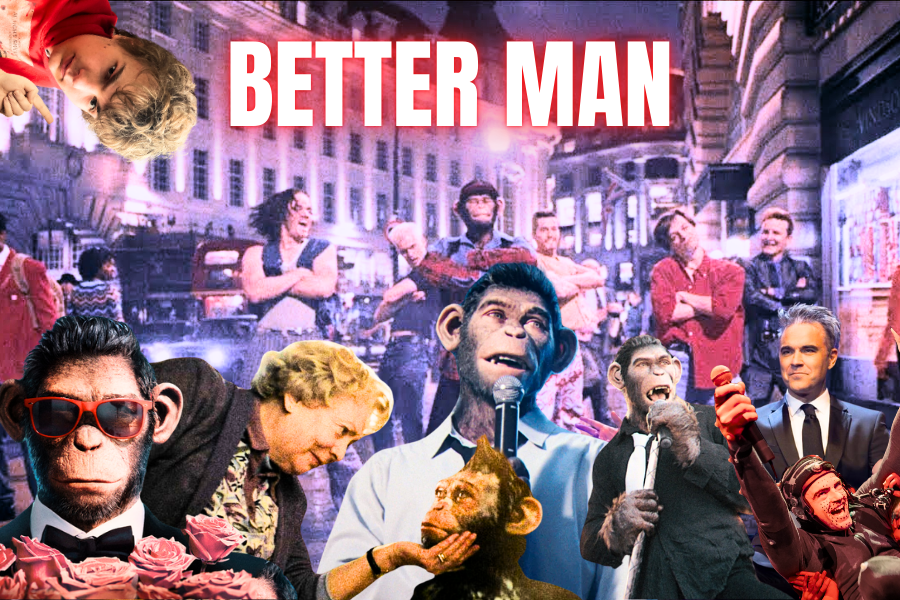Fashionable, hyper-feminine, and overall, the doll blueprint. The blonde doll with her signature ponytail was introduced to us on March 9, 1954. Barbie (full name being Barbara Millicent Roberts) was brought to life by Ruth Handler and Mattel Inc. Inspired by the glamor of 1950s stars Elizabeth Taylor and Marilyn Monroe, the iconic doll and its brand has evolved so much from then into what we know it as today. But one question remains: what exactly has happened to the influential blond-headed fashion doll?
Barbie has 2 origin stories that are considered the beginning of her long-lasting brand. The first beginning is that creator Ruth Handler was inspired by watching her child play make-believe with paper dolls and having them be adult women. Handler realized there was an unfilled gap in the toy industry and wanted to create a doll that was a woman and resembled an adult body. The other origin story being that Barbie’s physical appearance was modeled on the German Bild Lilli doll, a doll that was originally a gag gift for men but later became popular with children. Ruth went on to redesign the Lilli doll and on March 9th, 1959 at the American Toy Fair in New York City Barbie, named after Handler’s daughter, made her debut. Barbie was available in two versions: one with blonde hair and one with brunette, both sporting a ponytail with curly bangs. She wore a black-and-white striped, strapless swimsuit, a set of gold hoops and black heels.
Within its first year, 300,000 Barbies were sold, and Barbie had a massive and successful debut. Since then, Barbie has seen even more growth and prosperity, as well as its fair share of controversy. It was in 1960 when people were introduced to Barbie’s consumer demanded “accessory,” her male counterpart and boyfriend, Ken (oddly named after the Handler’s son). By the 1960s, Barbie was caught in controversy for being seen as a “sex symbol” due to her “adult” figure. To counteract this, Mattel went on to release another doll, marketed as Barbie’s sister, “Skipper,” (originally a child and now sold as a teenager). But it was in 1968 when Mattel decided to release their most groundbreaking doll.
In 1968, we were introduced to the first black “Barbie.” Christie, marketed as Barbie’s best friend, was Mattel’s first African American doll. This debut was historical because of the importance of racial representation in dolls and marked a significant milestone for the toy industry. Prior to Christie’s release, black dolls were a rarity and representation for black girls was slim to none. But with her release, black girls at the time finally had a doll that looked like them. Her introduction to the doll industry marked a significant breakthrough that broke down long-standing barriers. It was 1980 when Mattel introduced an African American doll that was marketed as a black Barbie. The doll featured a red disco jumpsuit along with a signature afro and came with the tagline: “She’s Black! She’s beautiful! She’s dynamite!” Since then Mattel has introduced even more Barbies of color, sticking to the diversity of their doll brand they first introduced in 1968.
With the addition of dolls of color to the brand, Barbie’s image as a brand began to evolve as well. With Barbie being seen as a “sex symbol” in her early years, the controversy around her image as a female doll did not disappear. Barbie was criticized for being too ‘sexy,’ and the feminist movement was heavily against the doll in the 1960s and 1970s. Barbie was seen as an anti-feminist role model; a doll created as a male, not a female, fantasy. But in reality, Barbie was meant to be a role model. To highlight this, Mattel took the steps to showcase that fact with the dolls created after her 1959 debut. Just one year after her inception, in 1960, she was working as a fashion designer. As the years went on, she took on three more jobs: an air stewardess, a nurse (complete with diploma) and a ballerina. Since then, according to Mattel, it is said that Barbie has had over 250 careers. In Ruth Handler’s 1994 memoir, she went on to say: “My whole philosophy of Barbie was that through the doll, the little girl could be anything she wanted to be. Barbie always represented the fact that a woman has choices.”
Barbie has left a legacy for herself. Since her 1959 debut, Barbie has grown immensely as a brand and remains one of the most prominent, if not the most prominent, doll brands. In 2023, Barbie made it to the big screen in a film directed by three-time Academy Award nominee Greta Gerwig, starring Margot Robbie in the title role and Ryan Gosling as Ken. The movie went on to win multiple awards also garnering a total of 1.45 billion U.S. dollars worldwide, instantly becoming the biggest debut ever for a film directed by a woman. The brand has also stuck to its embracement of diversity. Mattel introduced Barbie Fashionistas in 2016, with the dolls coming in four body types, seven skin tones, 22 eye colors and 24 hairstyles. Barbie is not just a doll or a brand — but a staple in this decade, both socially and culturally. This is Barbie’s world and we’re all just living in it.


































